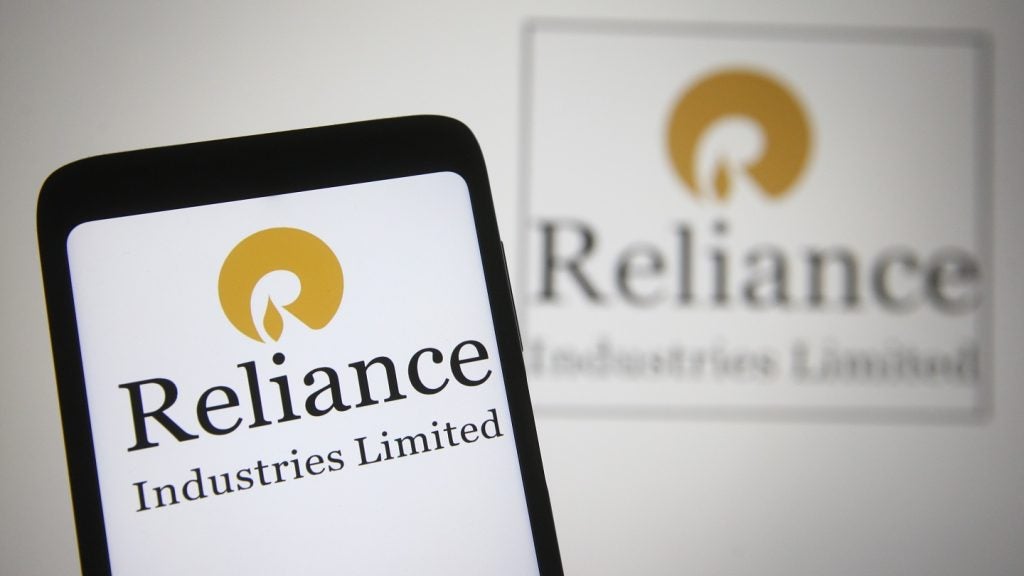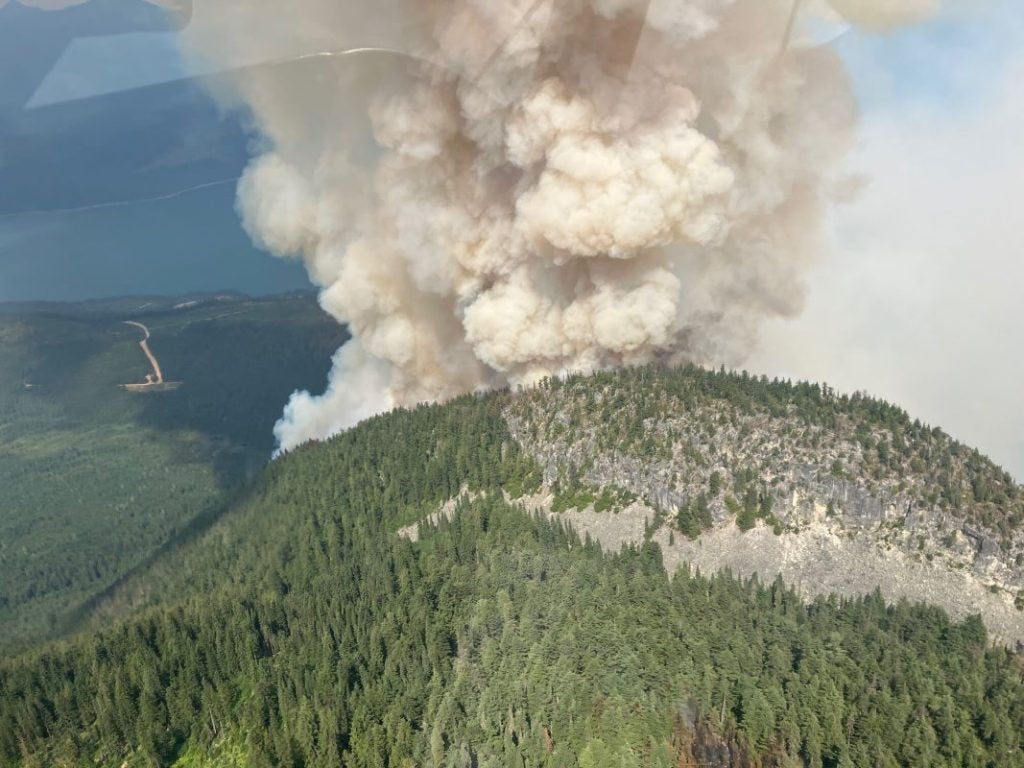The oil and gas industry continues to be a hotbed of innovation. Activity is driven by the need for increased oilfield recovery, profitability and productivity, and growing importance of technologies such as big data, AI, and machine learning. In the last three years alone, there have been over 34,000 patents filed and granted in the oil and gas industry, according to GlobalData’s report on Artificial Intelligence in Oil & Gas: Wellbore drilling optimization. Buy the report here.
According to GlobalData’s Technology Foresights, which uses over 256,000 patents to analyse innovation intensity for the oil & gas industry, there are 40+ innovation areas that will shape the future of the industry.
Wellbore drilling optimisation is a key innovation area in artificial intelligence
Wellbore drilling optimisation generally involves reducing drilling cost, improving drill bit’s rotation speed for improving drill rate, and optimising bit weight.
GlobalData’s analysis also uncovers the companies at the forefront of each innovation area and assesses the potential reach and impact of their patenting activity across different applications and geographies. According to GlobalData, there are 60+ companies, spanning technology vendors, established oil & gas companies, and up-and-coming start-ups engaged in the development and application of wellbore drilling optimisation.
Key players in wellbore drilling optimisation – a disruptive innovation in the oil and gas industry
‘Application diversity’ measures the number of different applications identified for each relevant patent. It broadly splits companies into either ‘niche’ or ‘diversified’ innovators.
‘Geographic reach’ refers to the number of different countries each relevant patent is registered in. It reflects the breadth of geographic application intended, ranging from ‘global’ to ‘local’.
Patent volumes related to wellbore drilling optimisation
Source: GlobalData Patent Analytics
Schlumberger, a leading patent filer in wellbore drilling optimisation, has collaborated with NOV to offer digital automation solutions. This collaboration brings Schlumberger’s AI “DrillOps” technology with Novo’s process automated platform “NOVOS” to control drilling equipment in rigs. The combination of technologies will provide AI-assisted solutions to optimise drilling efficiencies.
Halliburton, another leading patent filer, recently introduced iStar Intelligent Drilling and Logging Platform, which provides a wide range of solutions to evaluate reservoirs for safe and precise drilling. This platform supports advanced technologies such as AI and machine learning in order to enhance drilling performance and reduce operational costs.
Wellbore drilling optimisation through AI will potentially become the favoured approach by many oil & gas companies. Use of AI helps to generate data-driven insights in real-time to optimise wellbore drilling. Companies are looking to automate as many processes as possible to mitigate operational risks as well as labour risks, potentially leading to cost savings in the long term.
To further understand how artificial intelligence is disrupting the oil & gas industry, access GlobalData’s latest thematic research report on AI in Oil & Gas.
Data Insights
From

The gold standard of business intelligence.
Blending expert knowledge with cutting-edge technology, GlobalData’s unrivalled proprietary data will enable you to decode what’s happening in your market. You can make better informed decisions and gain a future-proof advantage over your competitors.







